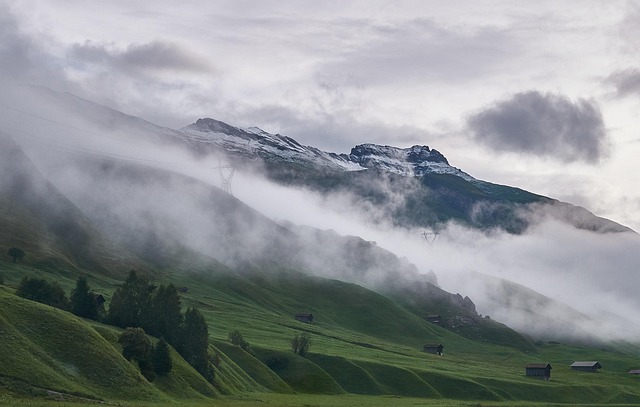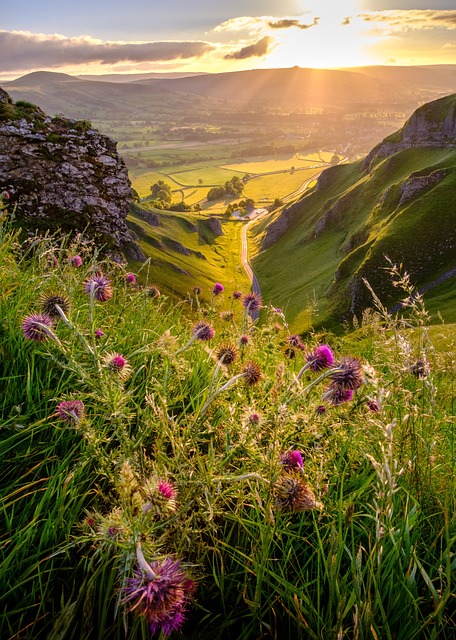Before embarking on any adventure, assess your fitness level, goals, and preferences for either thrilling whitewater rafting or slower-paced nature exploration. Research ideal destinations, considering river flow rates and local tour operator advice for safe and exhilarating experiences. Pack essential safety gear, including a raft, helmet, PFD, first aid kit, communication devices, and more for secure journeys in remote locations. Ensure compliance with permits, licenses, and regulations to promote responsible tourism. Create a well-structured itinerary balancing challenges with rest stops and safety measures for dynamic, memorable expeditions.
“Embark on an exhilarating journey into the heart of adventure travel with our comprehensive guide to planning unforgettable whitewater rafting expeditions. From setting personal goals and assessing fitness levels to scouting the perfect river destinations, this article is your compass.
Learn the essential steps, including gear preparation, navigating permits, and crafting a robust itinerary. Discover how to transform your whitewater rafting dreams into reality, ensuring a safe and enriching experience on some of nature’s most dynamic landscapes.”
- Understanding Your Adventure Goals and Fitness Level
- Choosing the Right Destination: Researching and Selecting a Whitewater Rafting Spot
- Essential Gear and Equipment for Safe Rafting Expeditions
- Planning Permits, Licensing, and Local Regulations
- Building a Robust Itinerary: What to Expect During Your Whitewater rafting Journey
Understanding Your Adventure Goals and Fitness Level

Before planning any adventure, it’s crucial to understand your goals and fitness level. Whether you’re envisaging a whitewater rafting expedition or a trek through uncharted territories, aligning your aspirations with your physical capabilities is essential for a safe and enjoyable experience. Start by assessing your current fitness level—are you an avid hiker or more of a casual walker? This self-evaluation will help guide the intensity and duration of activities you choose.
Additionally, consider the specific adventure goals you have in mind. Do you seek adrenaline rushes like whitewater rafting or prefer slower-paced exploration to immerse yourself in nature? Defining these preferences upfront ensures your expedition planning focuses on experiences that resonate with you, making your journey truly memorable.
Choosing the Right Destination: Researching and Selecting a Whitewater Rafting Spot

When planning an adventure travel expedition, choosing the right destination is paramount. For enthusiasts of whitewater rafting, meticulous research is key. Start by identifying regions renowned for their exhilarating river rapids, ensuring a diverse range of difficulty levels to suit both novice and experienced rafters. Online platforms and rafting community forums are excellent resources to uncover hidden gems and gain insights from seasoned adventurers.
Consider factors like river flow rates, terrain variations, and local weather patterns. Maps and geographic data can provide valuable information about the landscape. Additionally, checking with local tour operators or rafting companies can offer expert advice on the best times to visit and potential challenges to expect. This comprehensive approach ensures a safe and enjoyable whitewater rafting expedition.
Essential Gear and Equipment for Safe Rafting Expeditions

When planning a whitewater rafting expedition, ensuring you have the right gear and equipment is paramount for safety and enjoyment. Core essentials include a durable and well-fitting raft designed for whitewater conditions, along with oars and oar locks to navigate the rapids effectively. A robust helmet and personal flotation device (PFD) are non-negotiable, providing crucial protection against potential falls or capsize scenarios.
Furthermore, consider carrying a first aid kit tailored for outdoor adventures, including items like bandages, antiseptic wipes, and pain relievers. Water purification tablets or filters are essential to ensure access to clean drinking water, while high-visibility jackets can significantly enhance your visibility during day or night trips. A multi-tool or knife, rope, and a reliable communication device like a satellite phone or two-way radio are also valuable additions for navigating challenging terrain and staying connected in remote locations.
Planning Permits, Licensing, and Local Regulations

When planning an adventure travel expedition, especially activities like whitewater rafting, one of the most crucial aspects to consider is navigating permits, licensing, and local regulations. Different regions have varying requirements depending on the nature and scale of your trip. Obtaining these permits not only ensures legal compliance but also demonstrates a commitment to responsible tourism. Researching and understanding these regulations early in your planning process can prevent last-minute delays or even cancellation.
Each destination may have specific licenses needed for guiding, safety equipment, and even entry into certain areas. For instance, whitewater rafting expeditions often require permits for river usage, especially in protected areas. Ensuring that you and your team are properly licensed and permitted demonstrates professionalism and helps foster a positive experience for both the travelers and local communities.
Building a Robust Itinerary: What to Expect During Your Whitewater rafting Journey

Planning a whitewater rafting expedition demands a robust itinerary, one that accounts for both the physical and mental challenges ahead. This involves meticulously mapping out each day’s route, considering river conditions, rest stops, and safety measures. A well-structured schedule ensures you’re prepared for the rapids’ intensity while allowing time to appreciate the breathtaking landscapes that often come with these journeys.
During your whitewater rafting adventure, expect a dynamic experience. The itinerary will guide you through exhilarating moments of powerful currents and peaceful intervals where you can take in the natural surroundings. Flexibility is key; river conditions can change swiftly, dictating adjustments to your route. A resilient plan, therefore, should incorporate buffer times and alternative strategies to navigate unexpected challenges, ensuring a memorable yet safe expedition.
